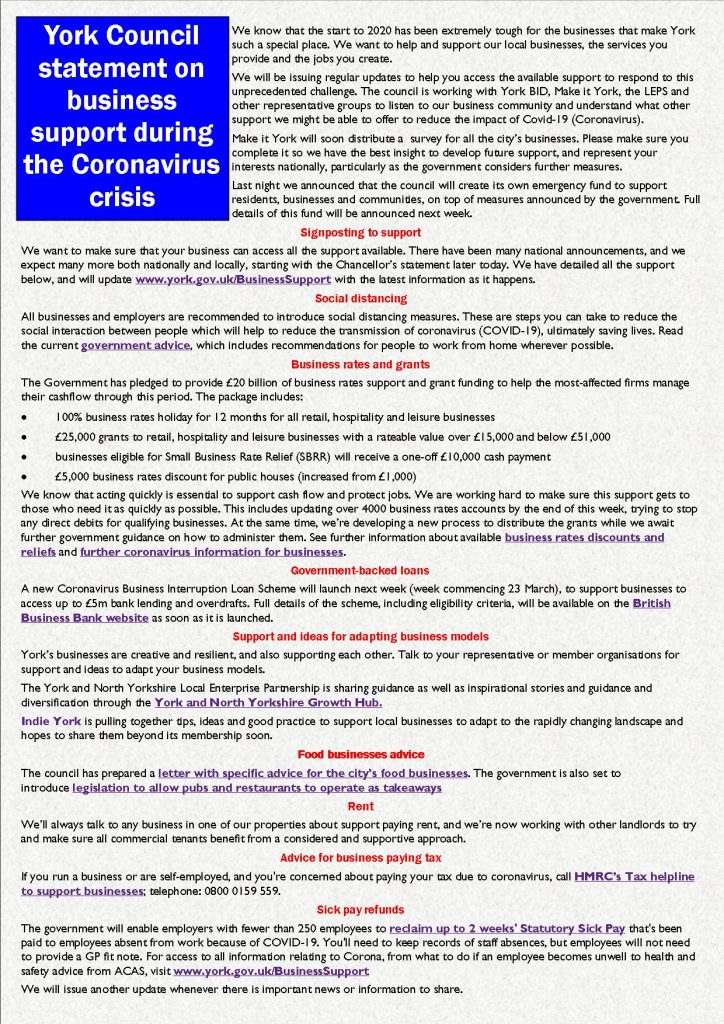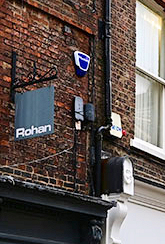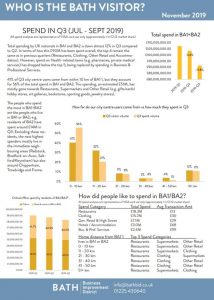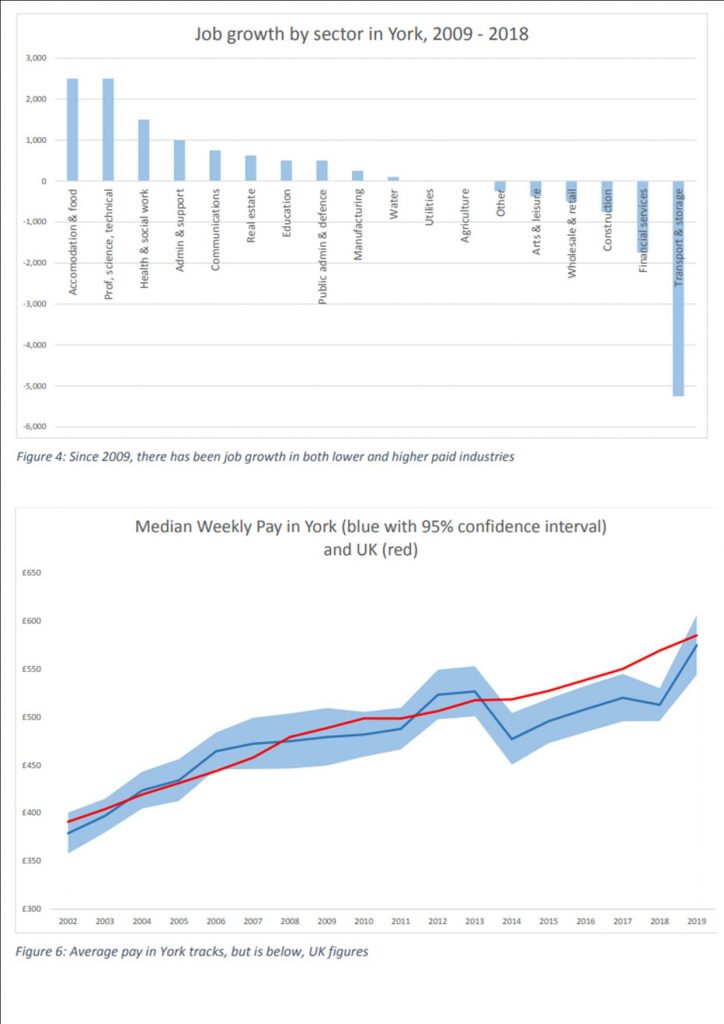York Council has issued more details of a £1 million scheme to support businesses falling through safety net of government support
- 1000 businesses are set for grants of up to £1000, with up to 1000 set for free access to FSB support
- Council acting to put £110 m of government support into York businesses’ accounts – first grants to land in bank accounts next week
City of York Council has released details of further support for York businesses, including its £1 million scheme to help York’s small and micro businesses who are set to miss out on government support.
City of York Council’s micro business grants scheme will deliver grants of up to £1000 to 1000 self-employed, micro and small businesses who need it most.
Applications for the grants will open before Easter, and will be available to businesses which:
- have 50 or fewer employees, including one person business/self-employed;
- need support adapting to new trading arrangements;
- are experiencing financial hardship due to coronavirus, and
- do not qualify for any other government grant or rate relief support packages.
In addition, the council has created a new fund to give up to 1000 businesses free membership of the Federation of Small Business. Also set to launch before Easter, these will be available to businesses with 30 or fewer employees. This will give each business access to a range of services, covering everything from legal and advice to cyber protection and insurance.
Grants will be issued to the first 1000 businesses which meet the criteria, so businesses are advised to prepare evidence in advance.
The council will open an online application form, which will require company details, an outline of what the grant is needed for and the following evidence to demonstrate eligibility:
- proof of hardship and ineligibility for other schemes
- for self-employed applicants: Business must have a Unique Tax Reference Number UTRN from HRMC with retrospective check
- Registered business – must provide Company Number, or details from other registration schemes
- Evidence that the business is trading, for example adverts, web site or accounts
The council will contact businesses to review the effectiveness of grants and collect evidence of the impact of our funding.
The council has also negotiated a deal which will allow 1,000 one person businesses, or 500 ten person businesses to join and access the free helpline for business advice.
Carolyn Frank, Development Manager North Yorkshire, Federation of Small Businesses, said:
“We are seeing more demand than ever for our services as small businesses and the self-employed find themselves needing advice and guidance, financial support and a powerful collective voice with government.
“We are very grateful to City of York Council for funding free FSB memberships for microbusinesses from their emergency funding, which is helping us reach even more businesses in York with specialist 1-2-1 advice and support.
“Our benefits in higher than normal demand due to the emergency situation include employment advice and protection, legal helpline and documents hub, FSB care medical advice line, cyber protection checks, FSB funding platform and cash advance and insurance services.
“I’d encourage businesses to apply quickly to take advantage of this special scheme, because it is strictly limited to first come, first served. Of course businesses who miss out on the free scheme can still ask for our help, we have many free resources and a full priced membership starts from only £147 a year.”
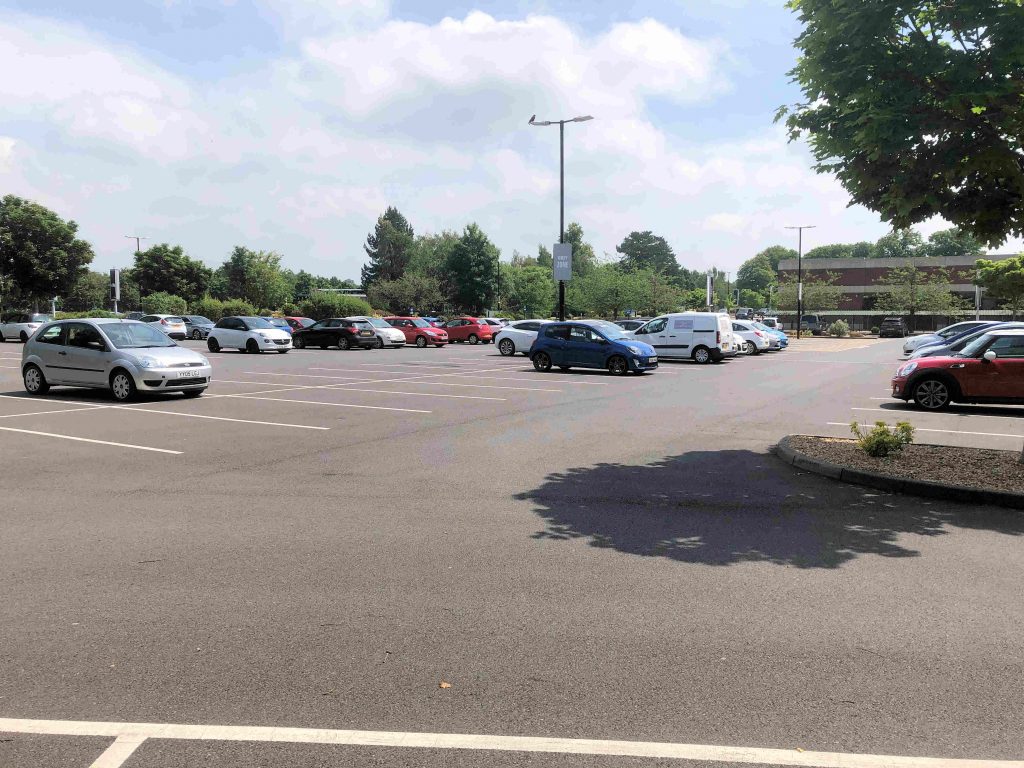
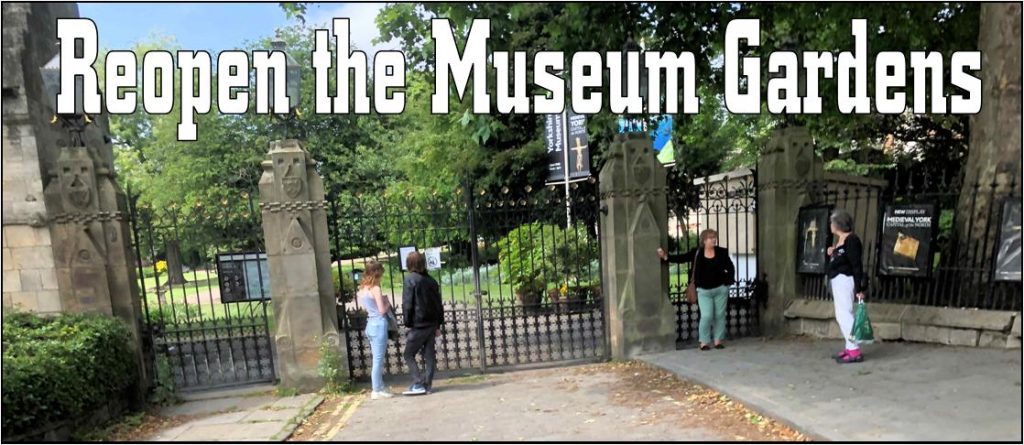

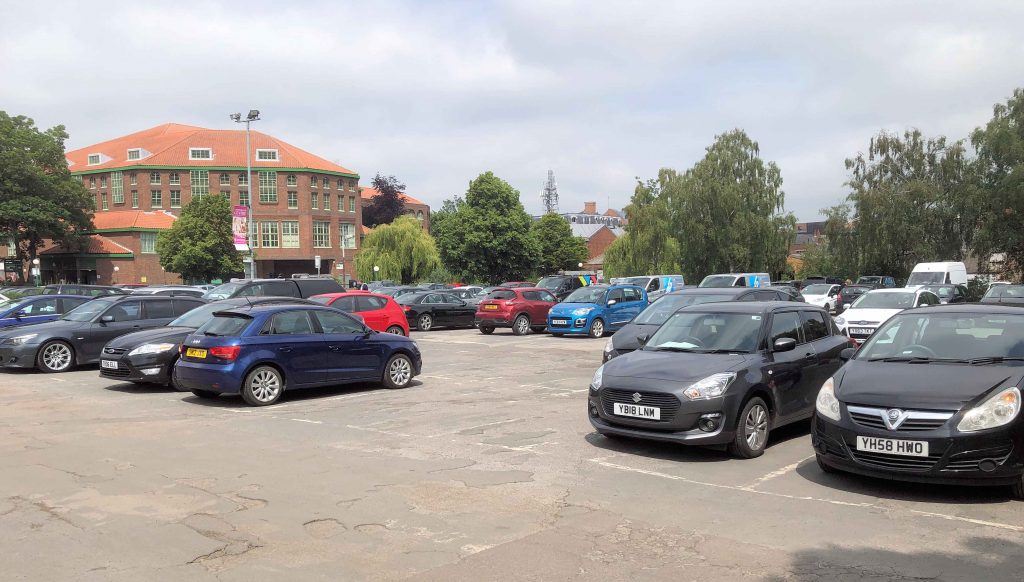
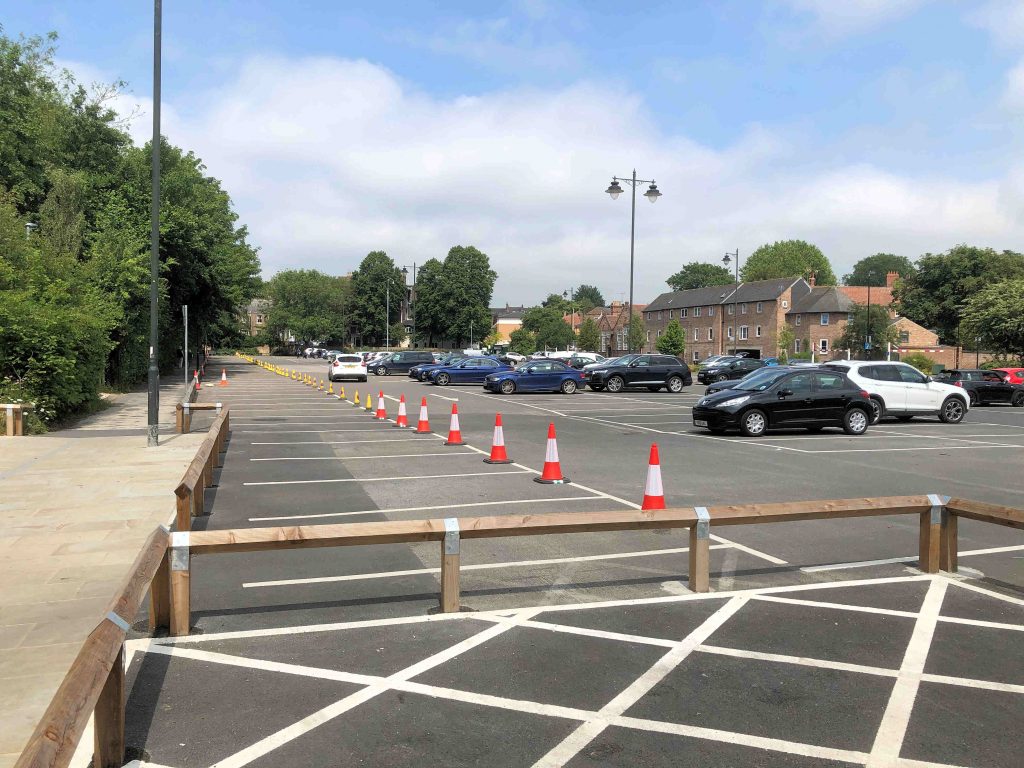
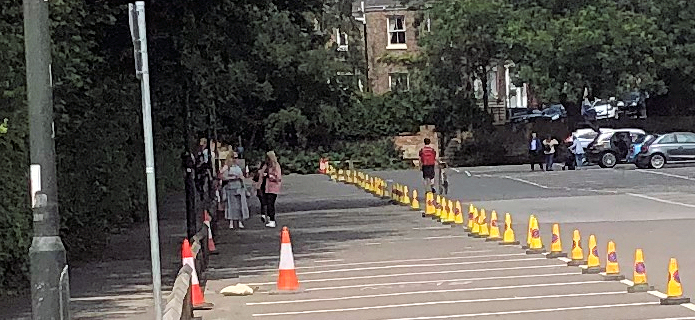
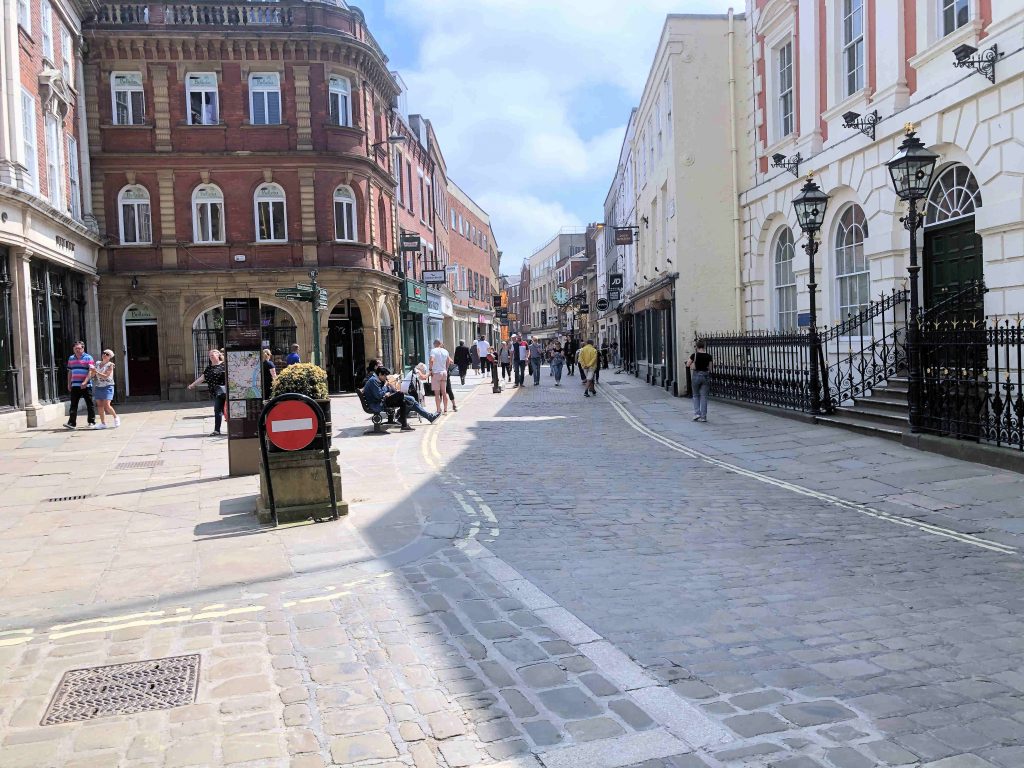
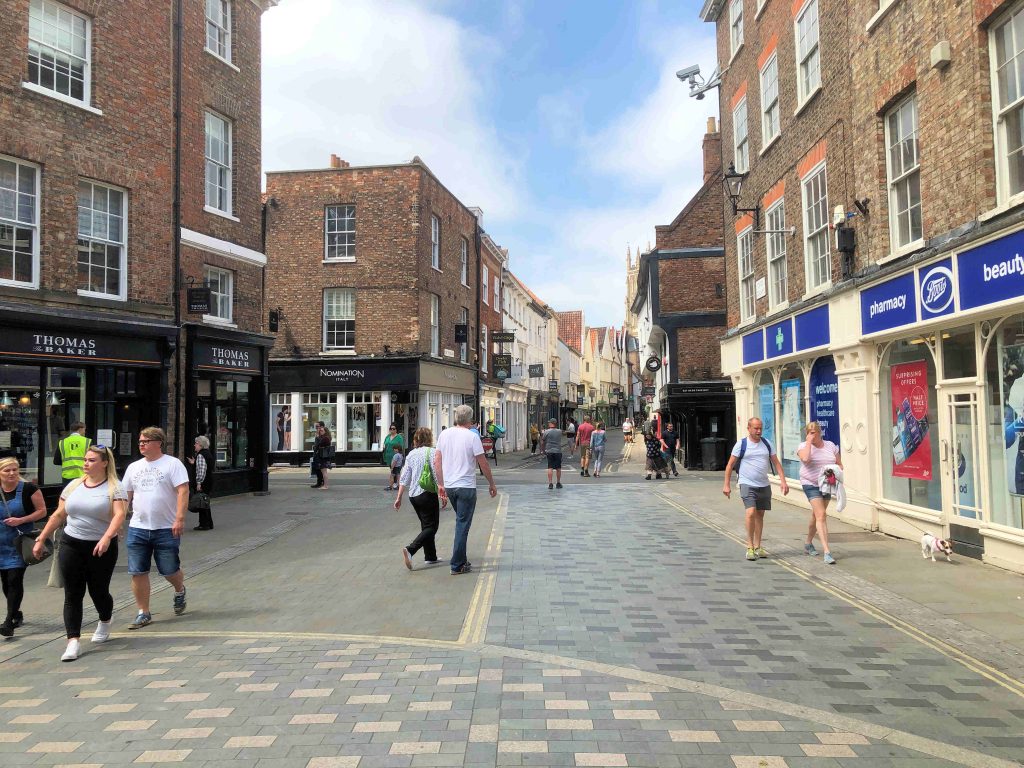
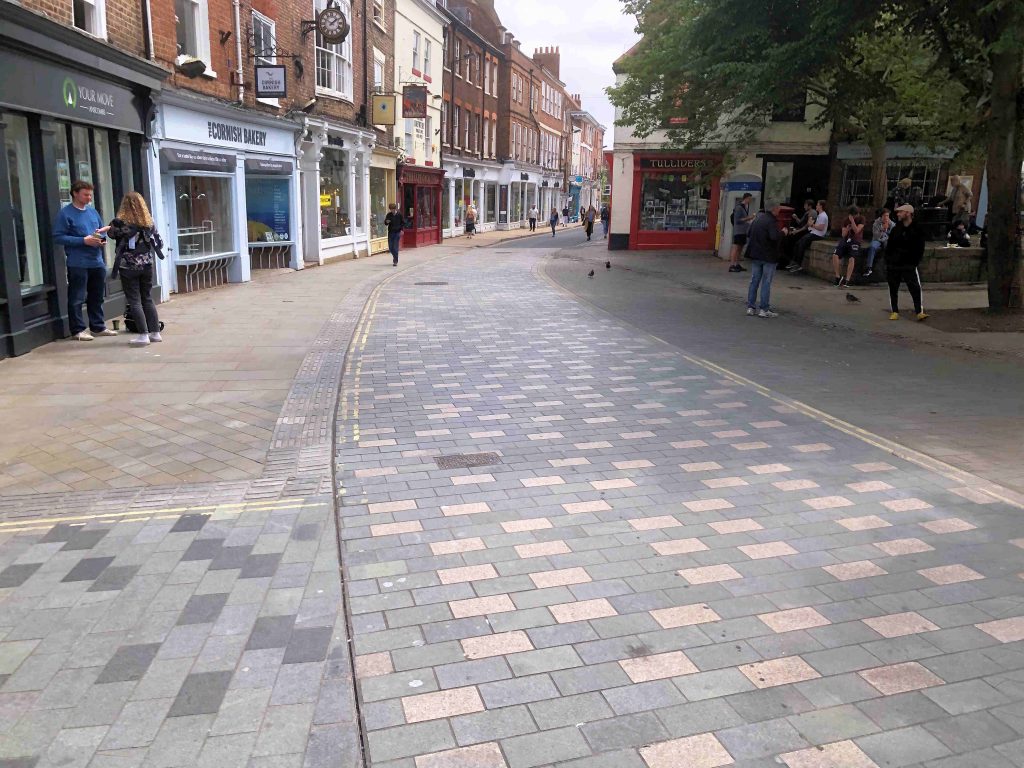
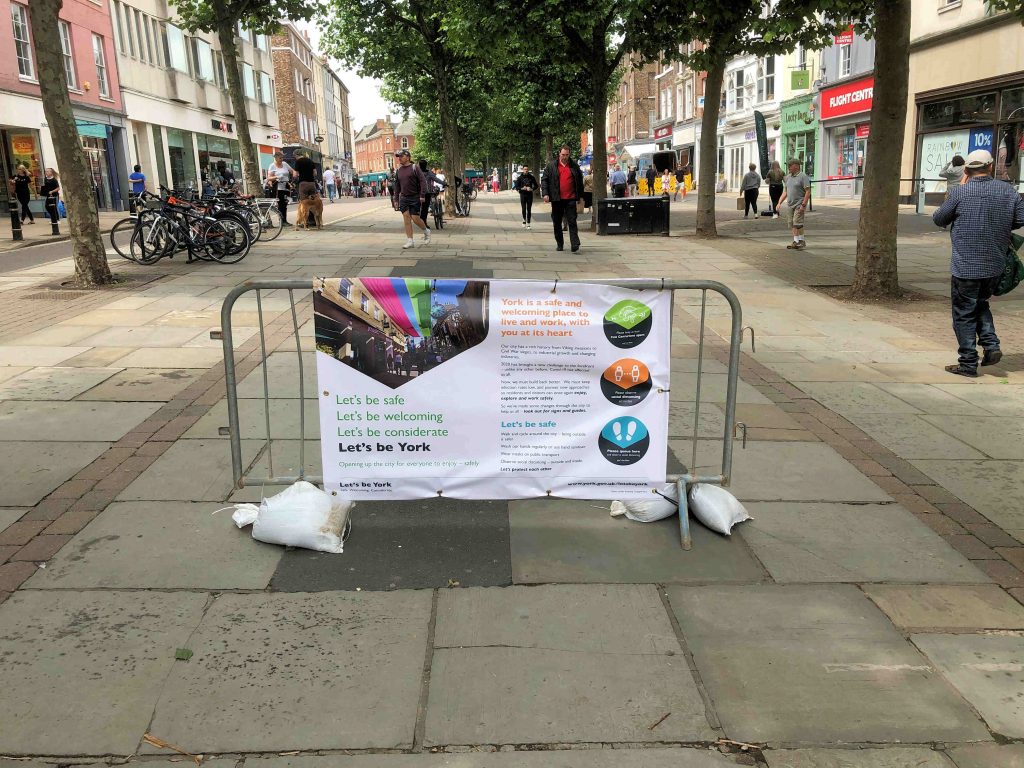
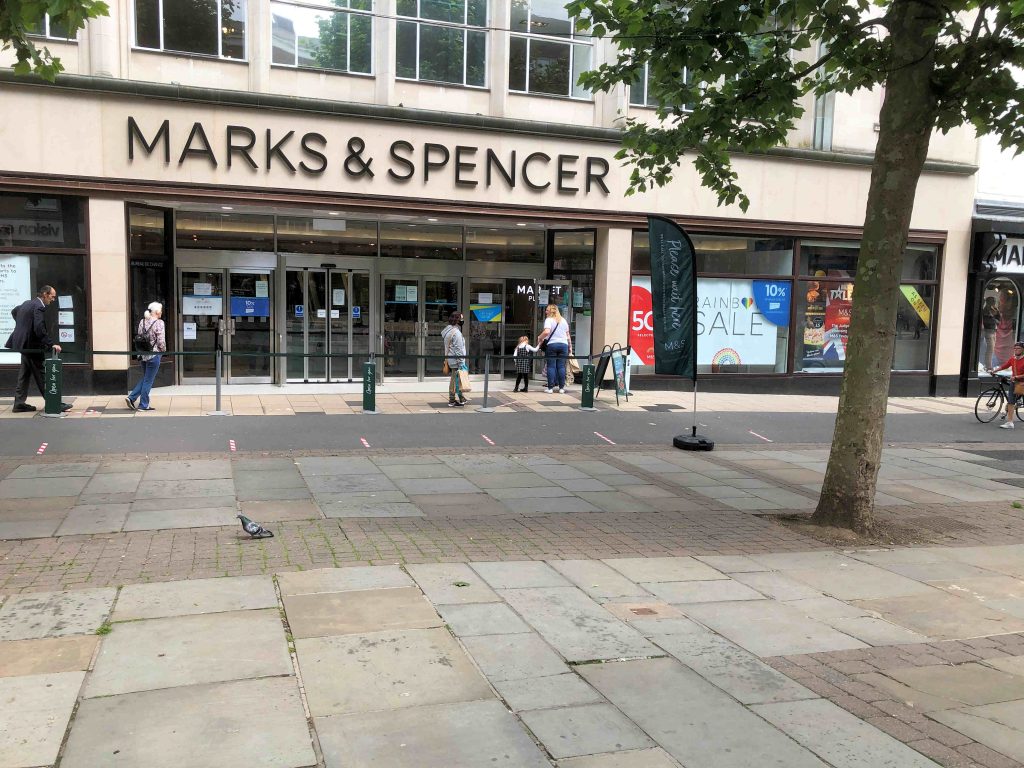
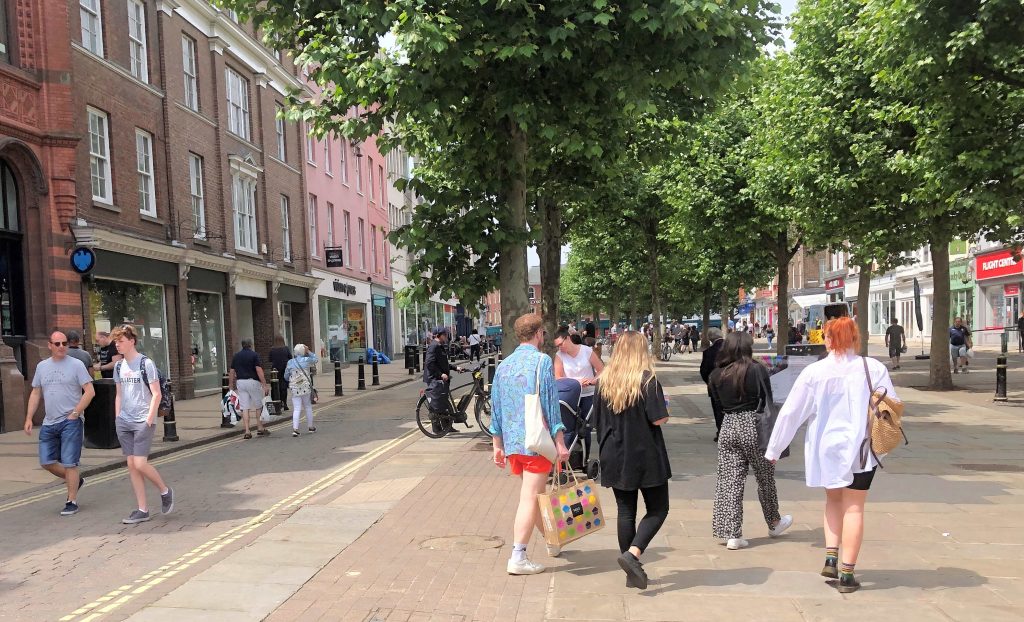
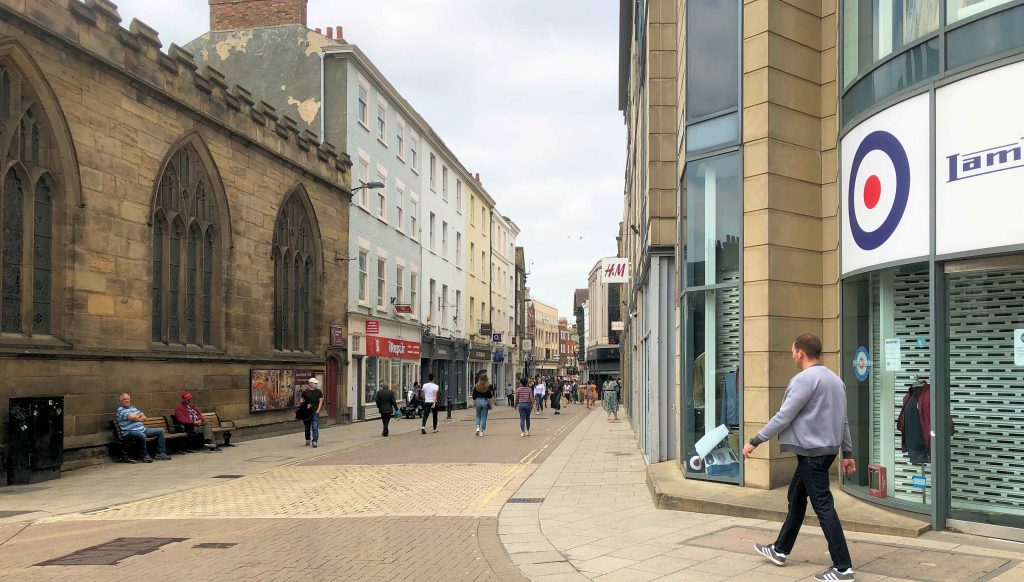
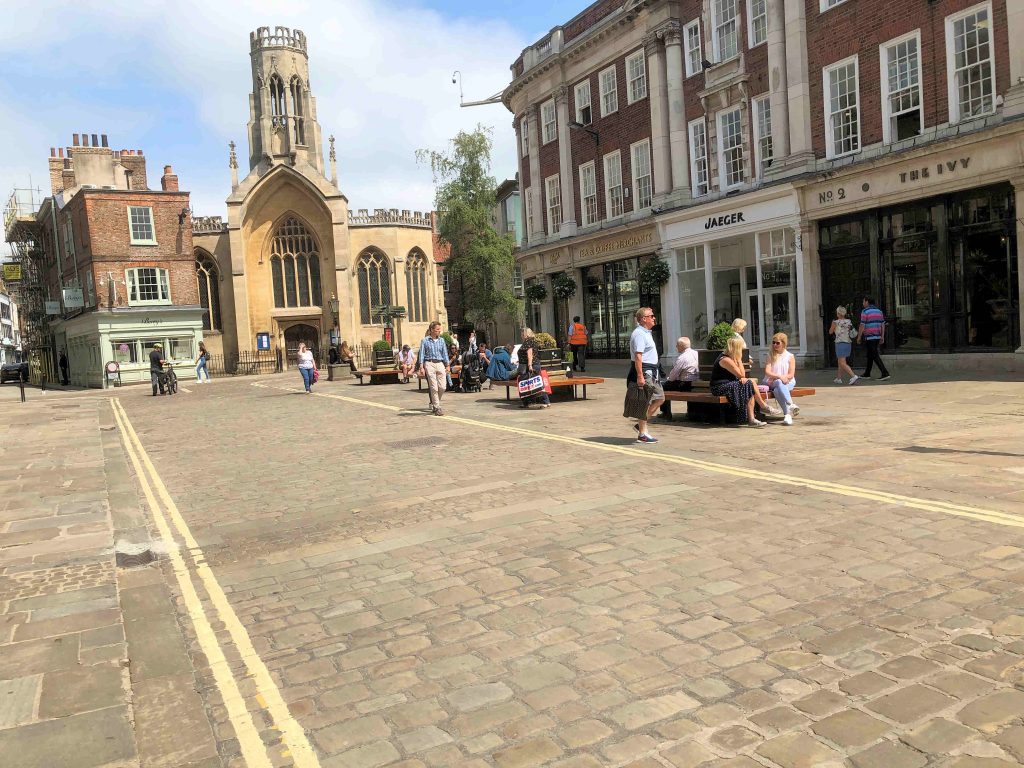
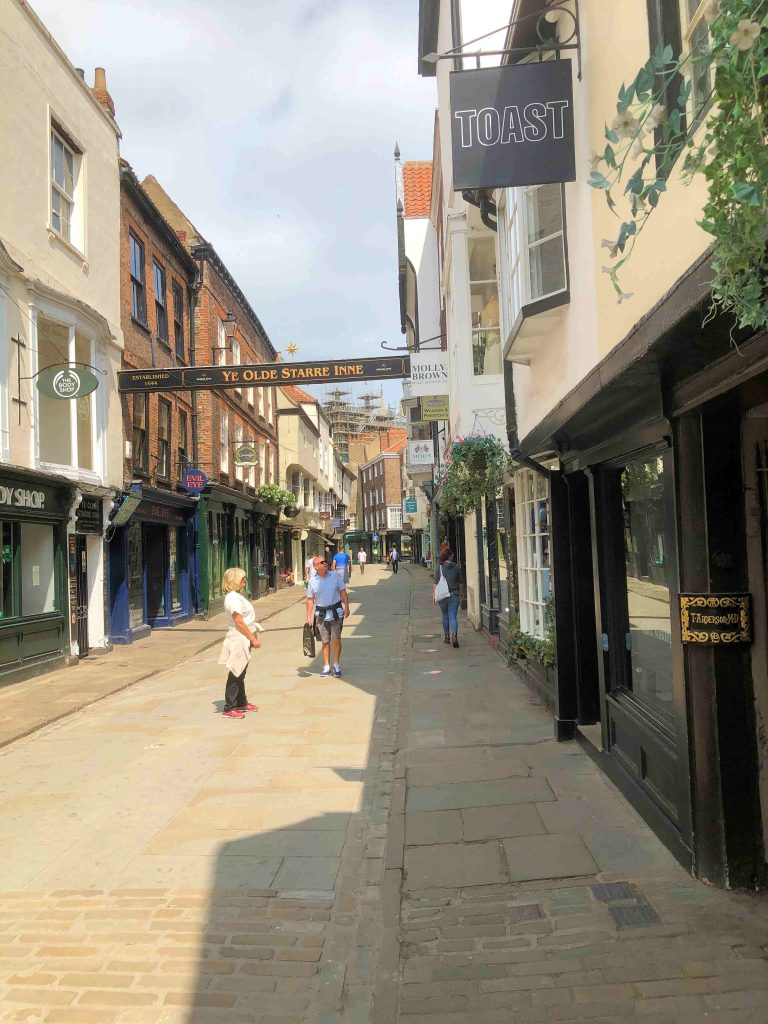
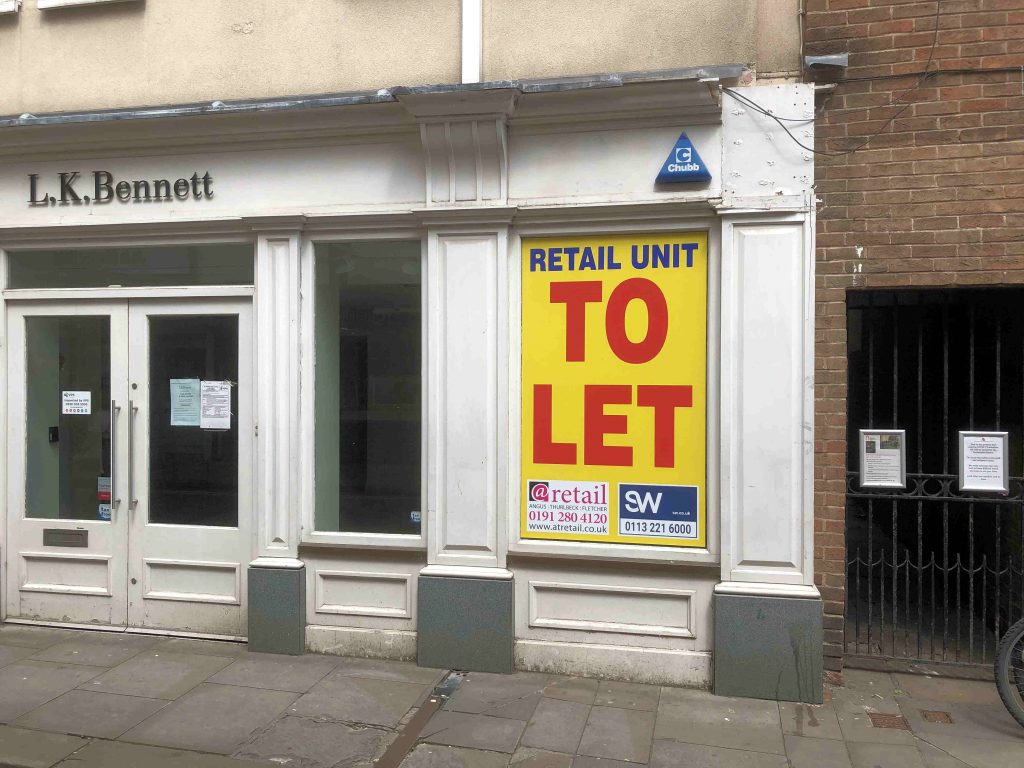
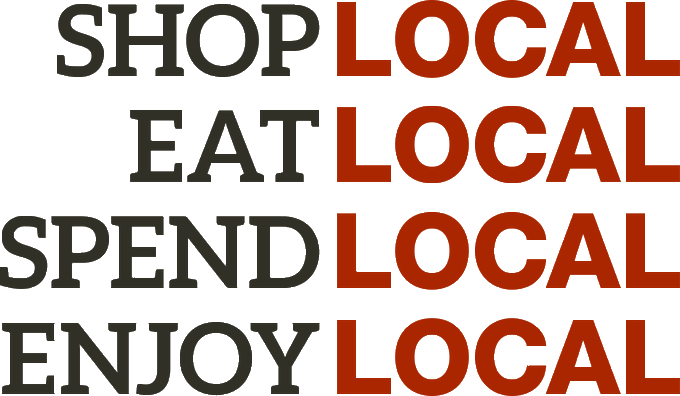
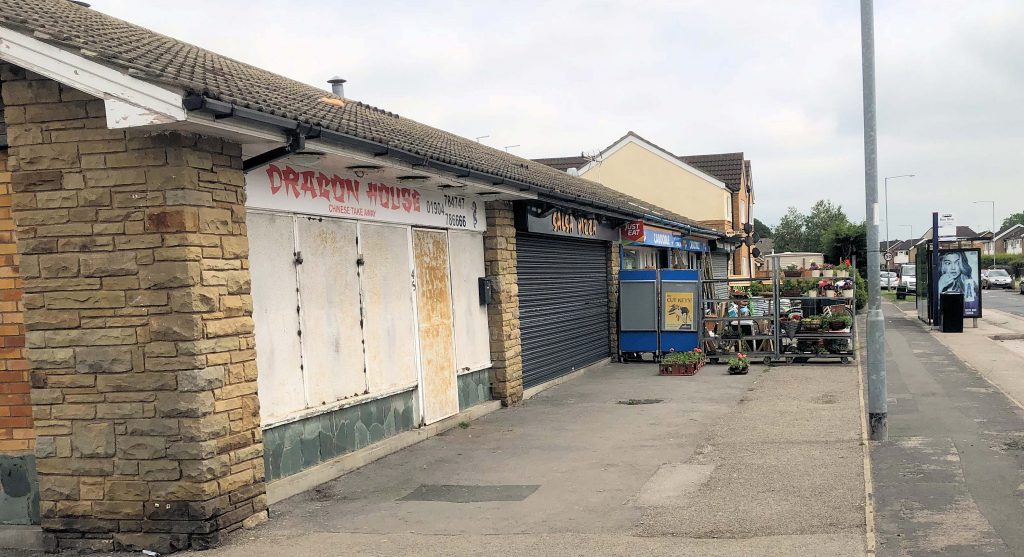
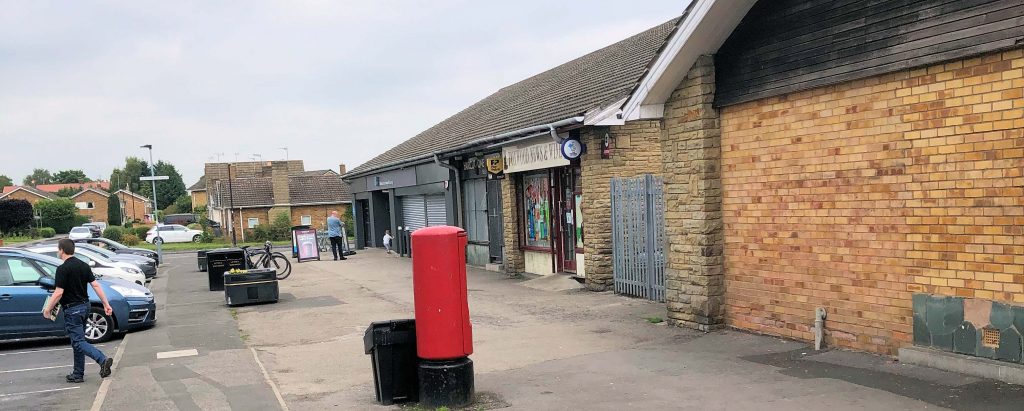
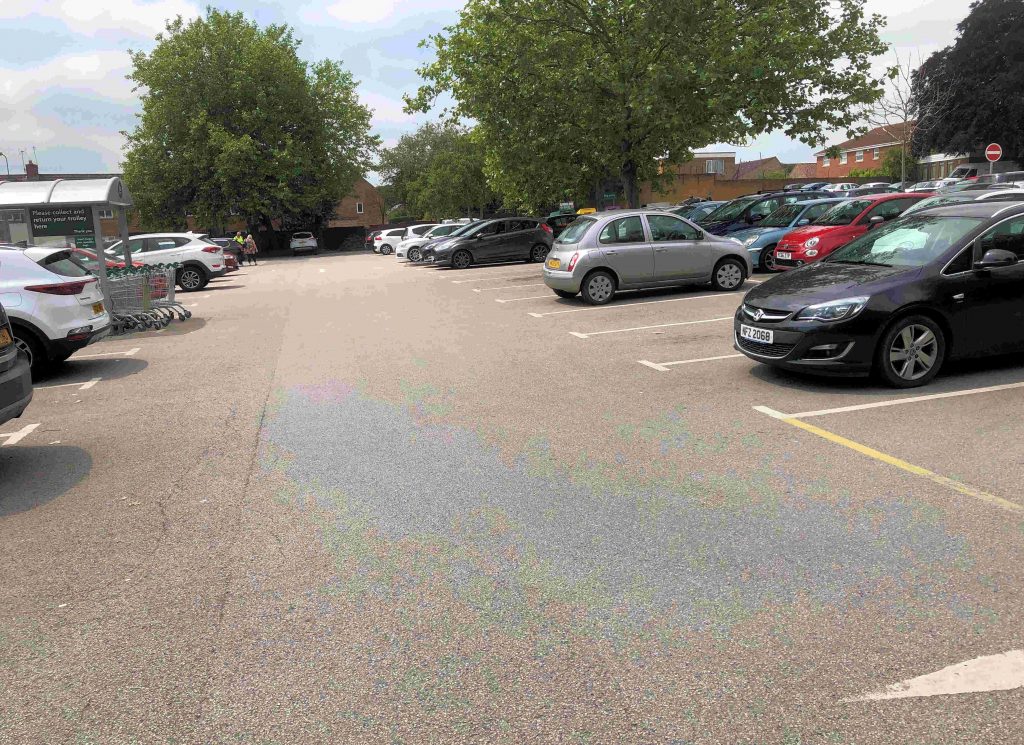
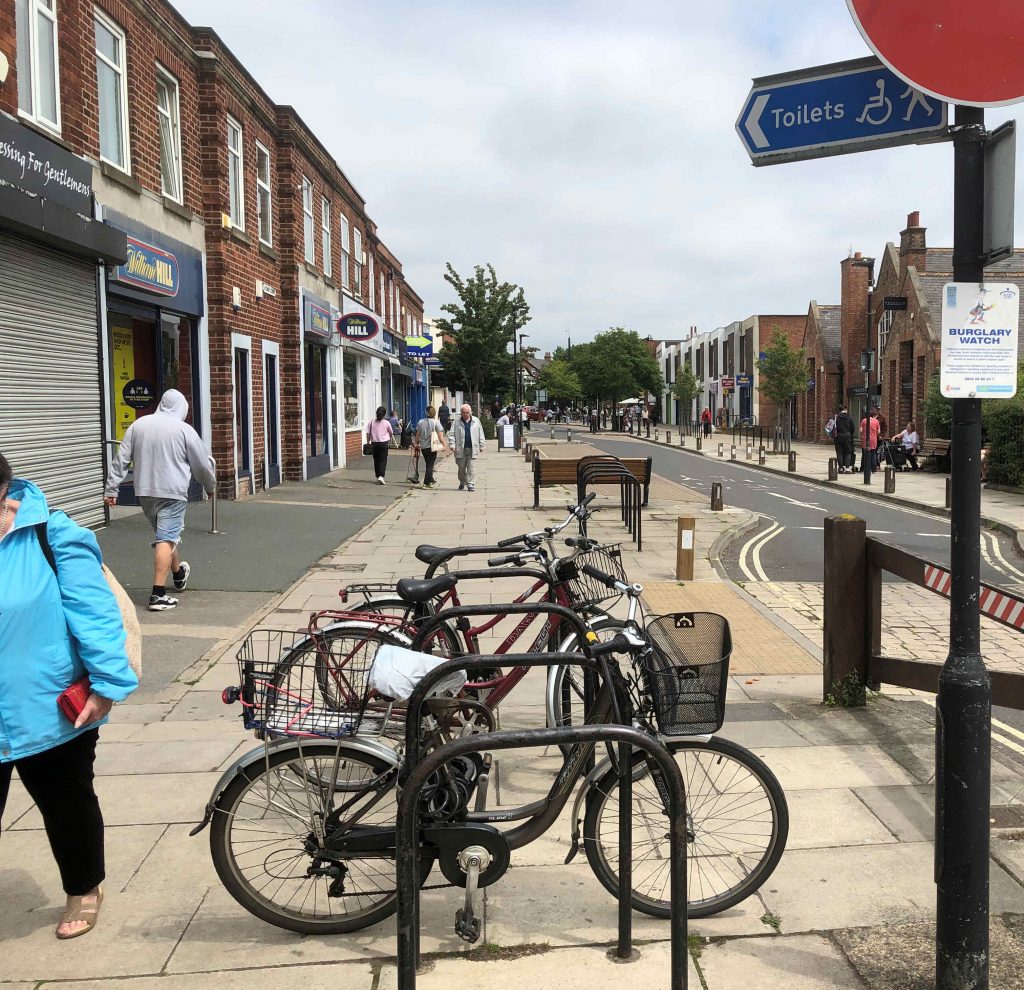
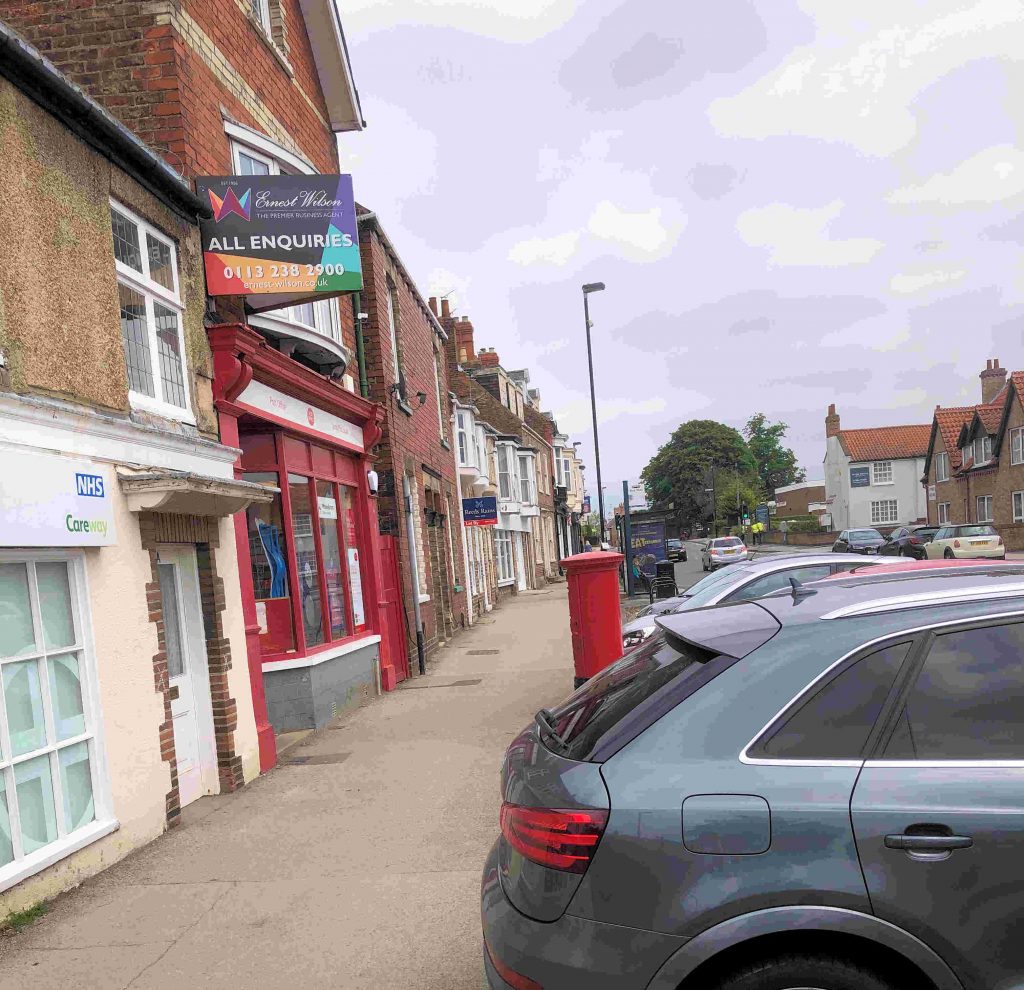
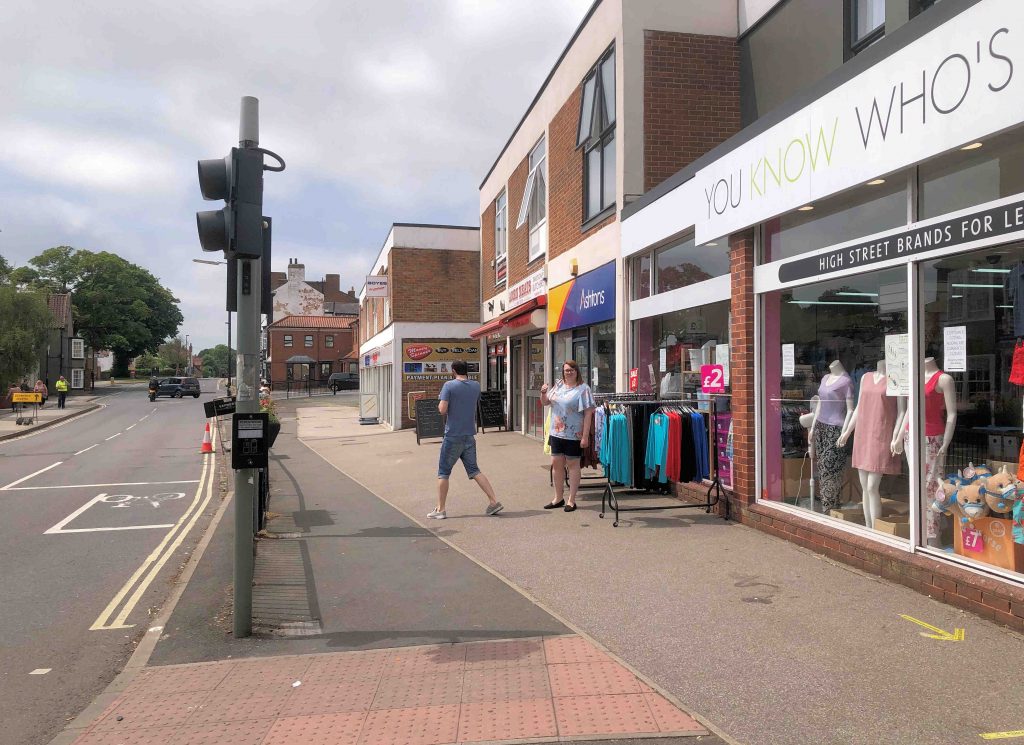
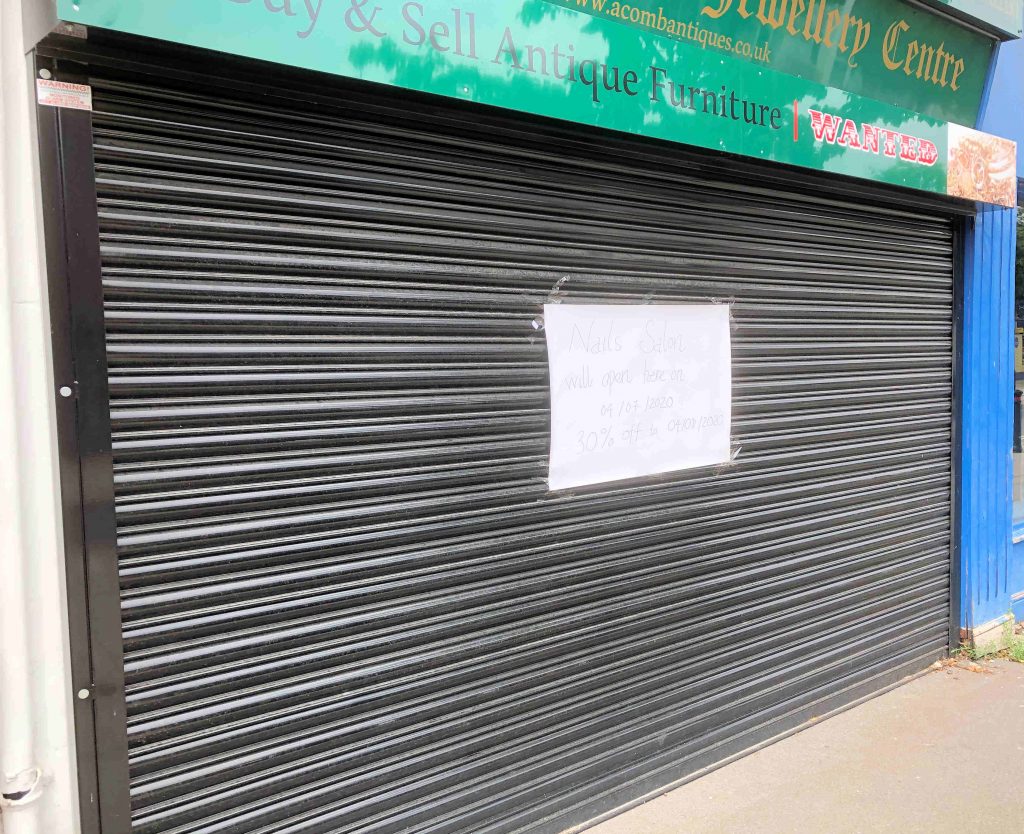
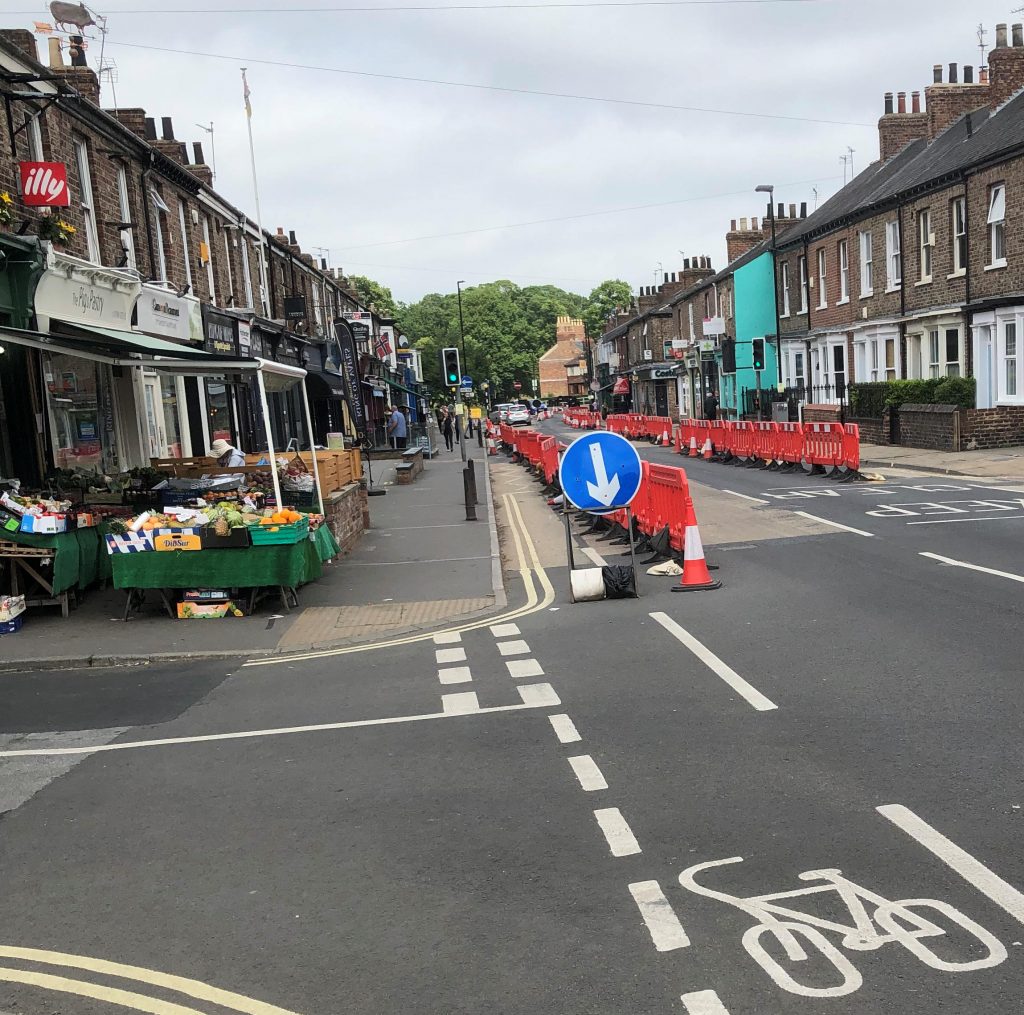
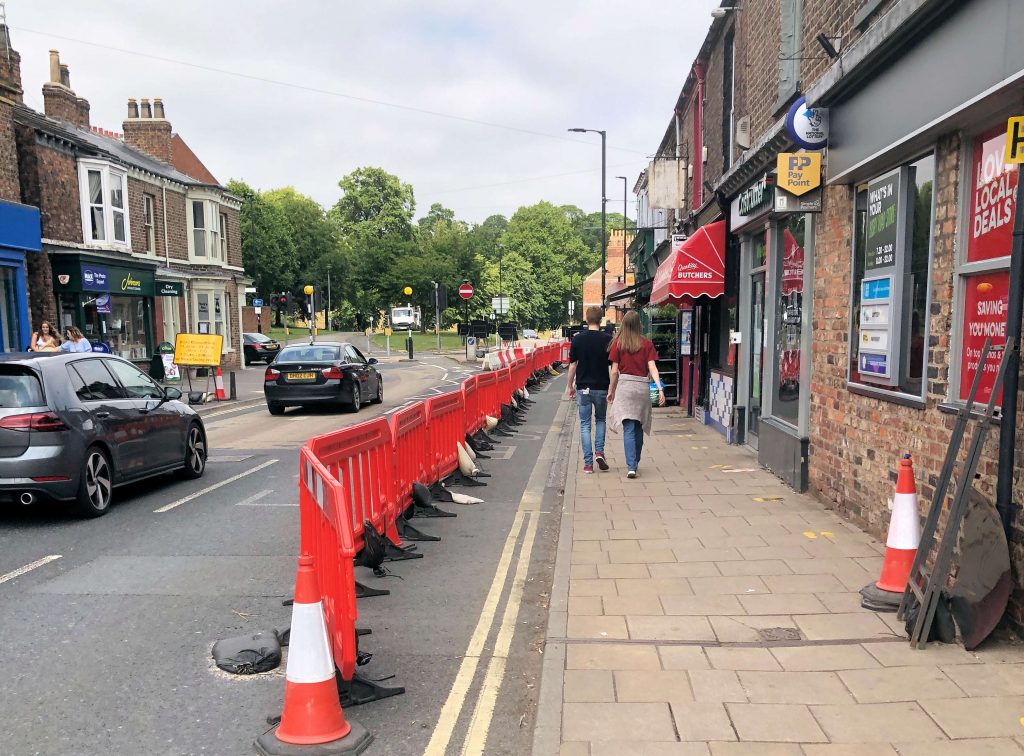
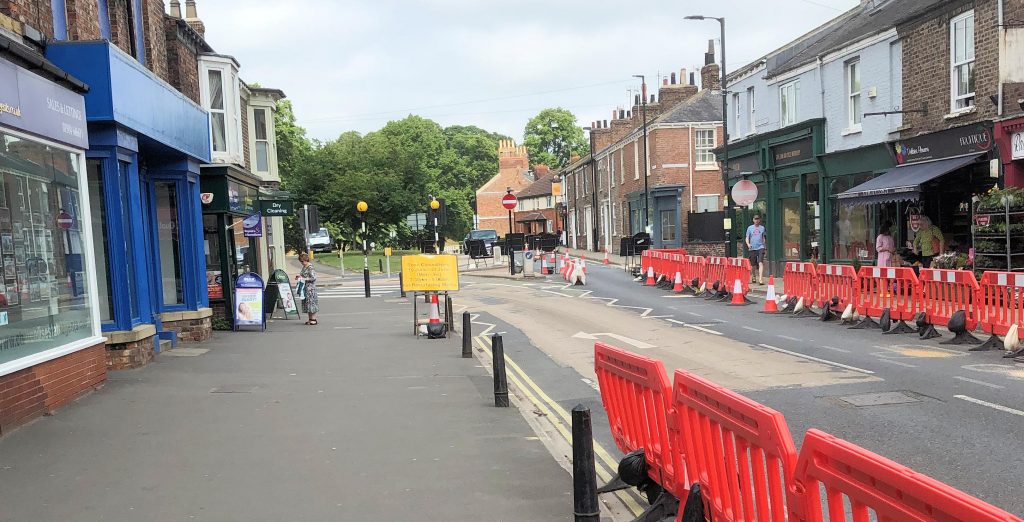
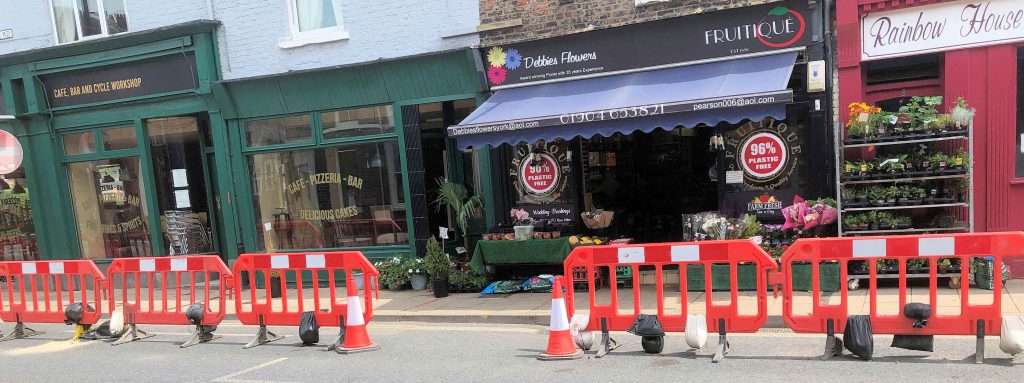
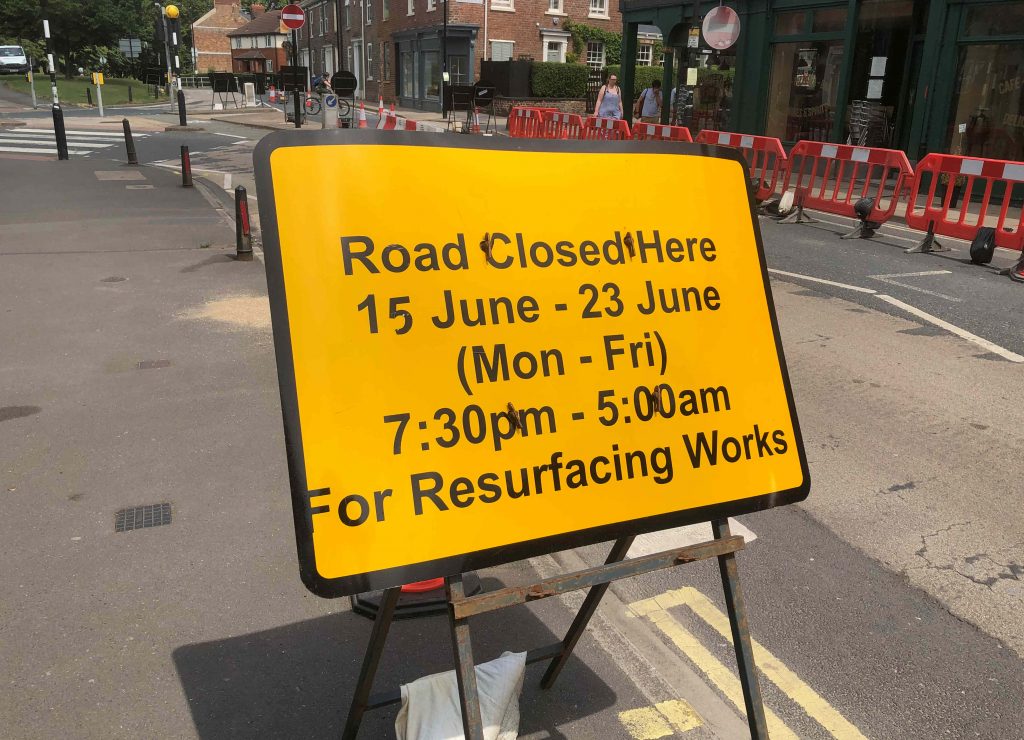
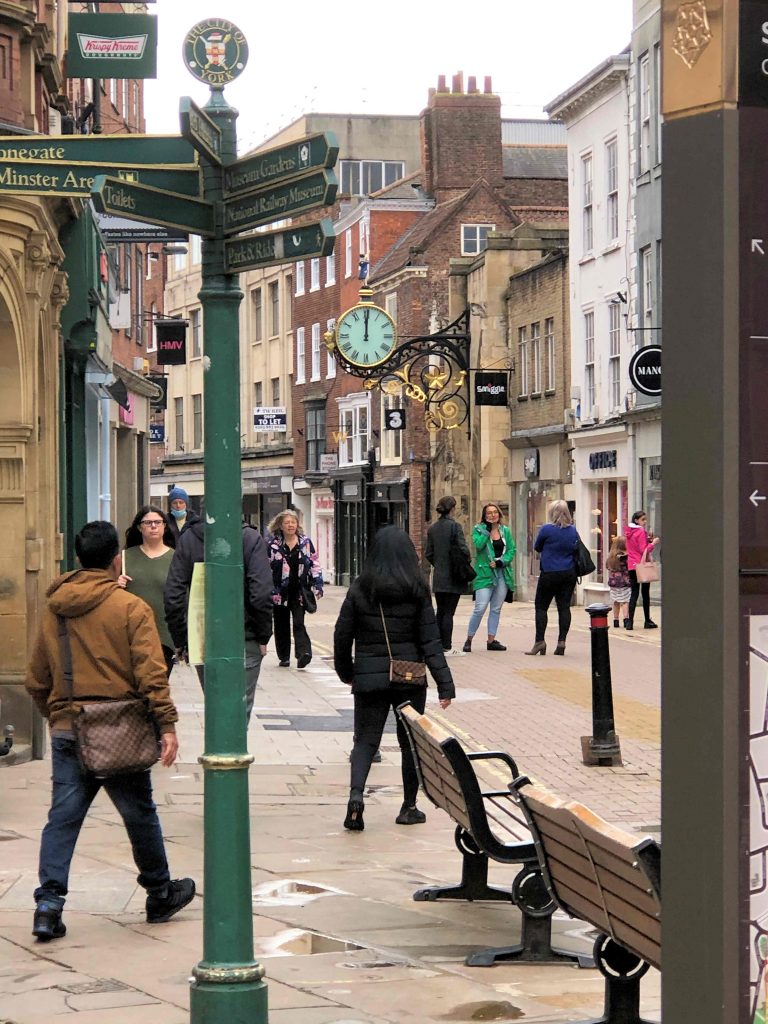
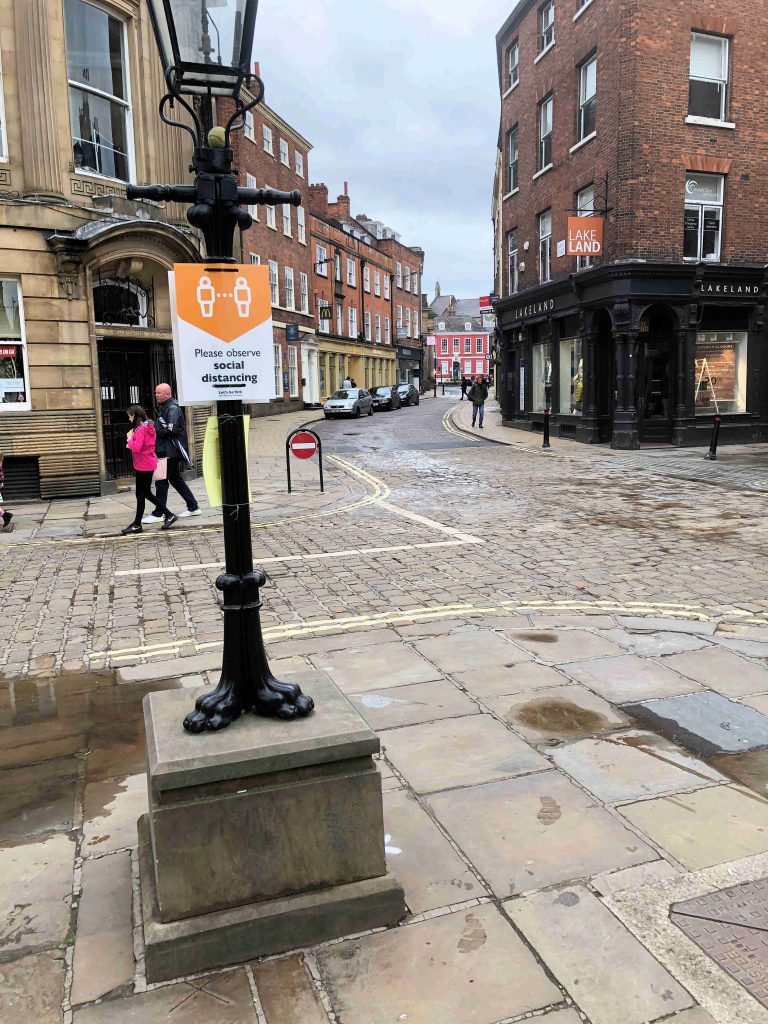
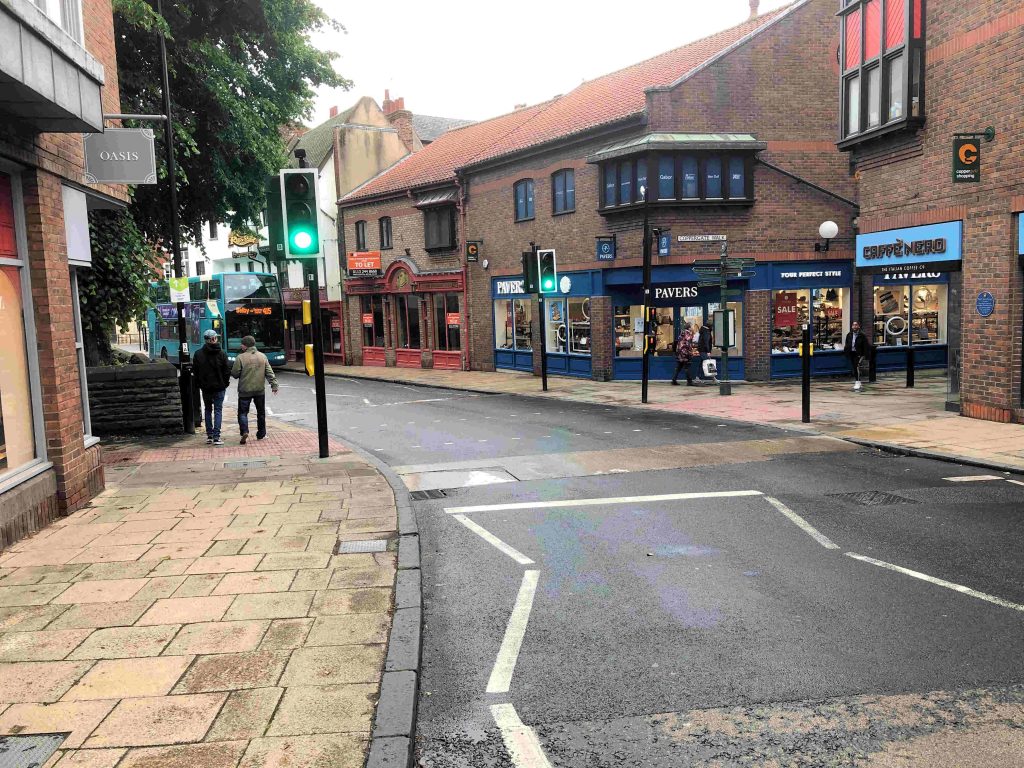

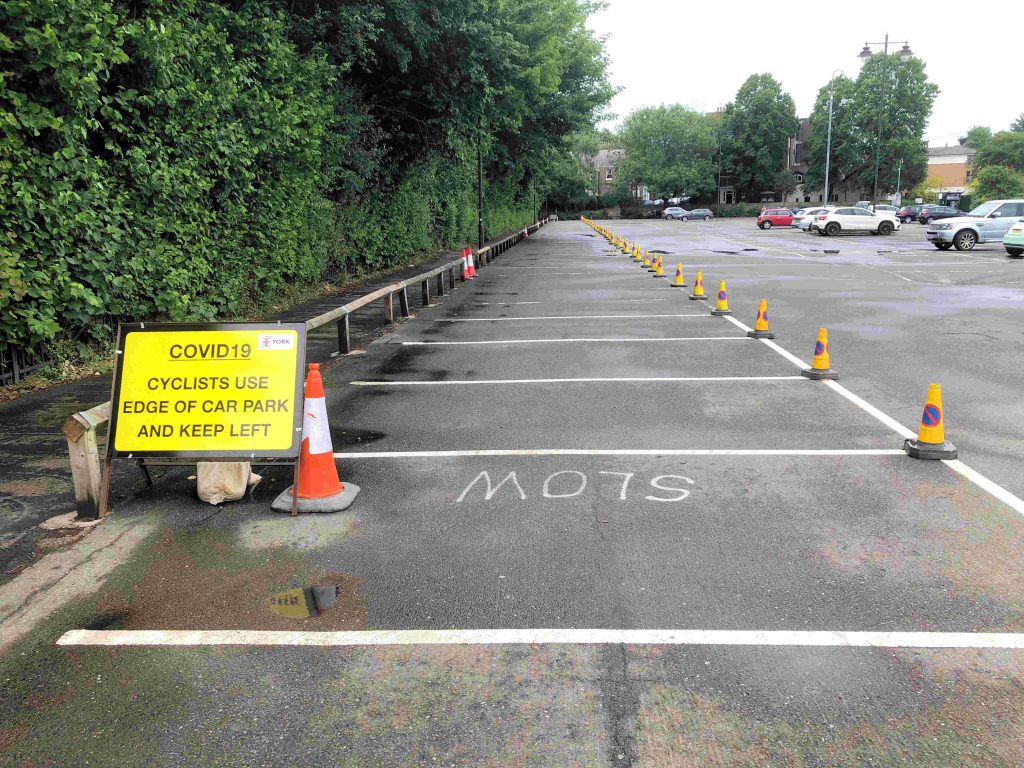
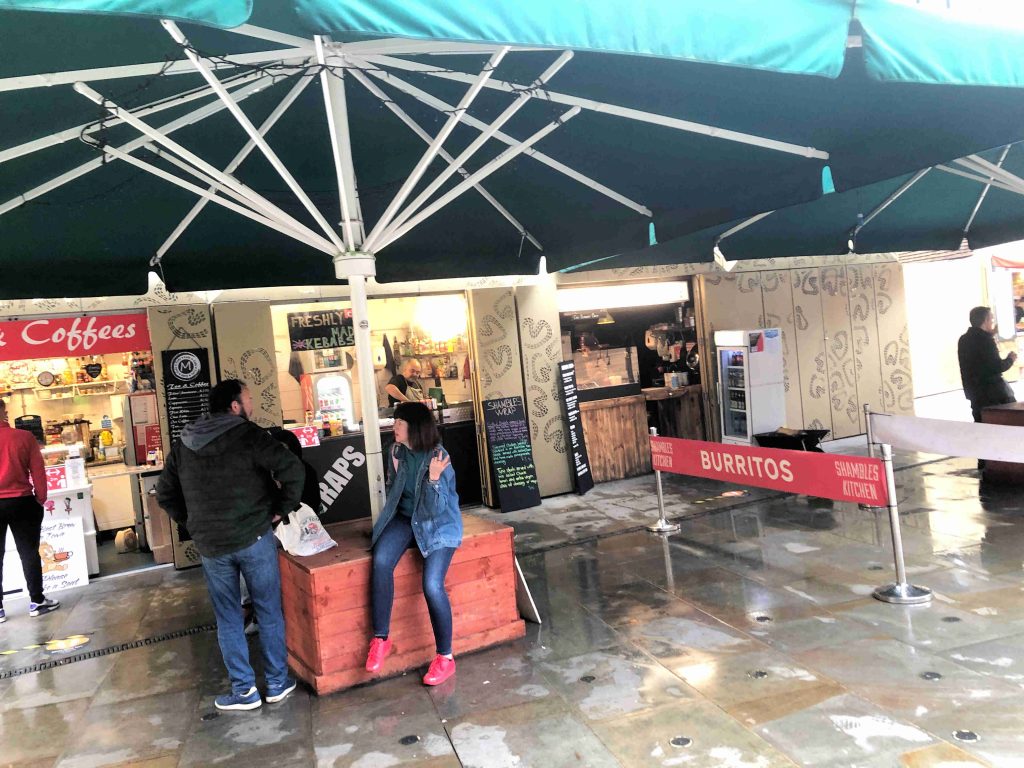
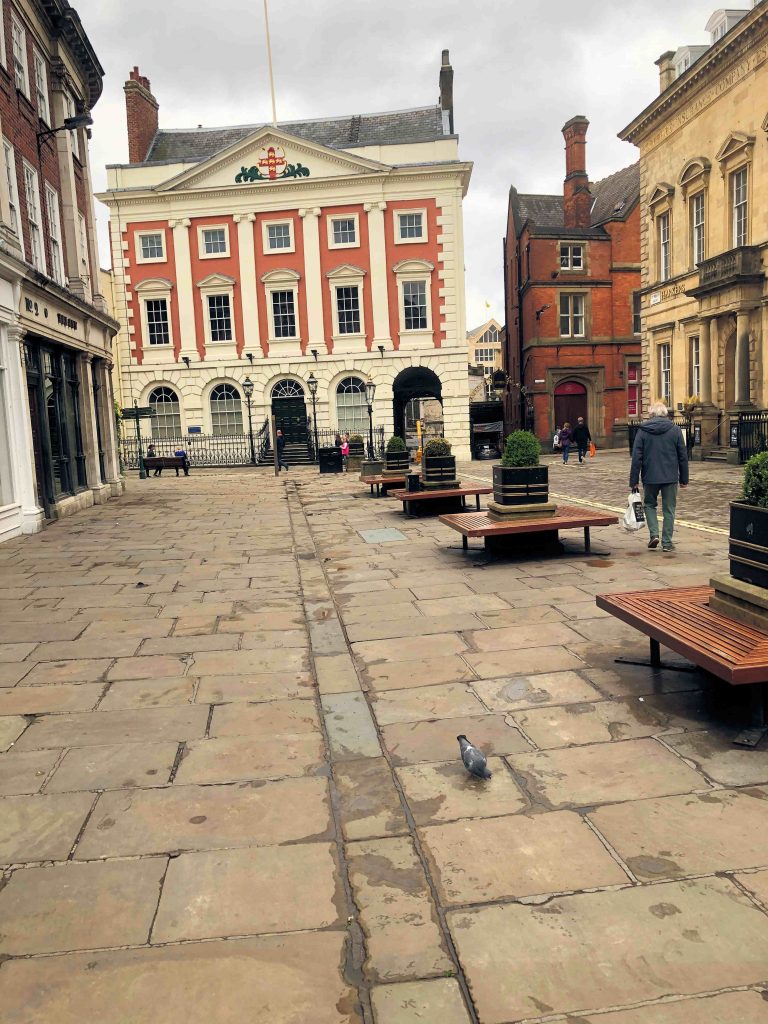
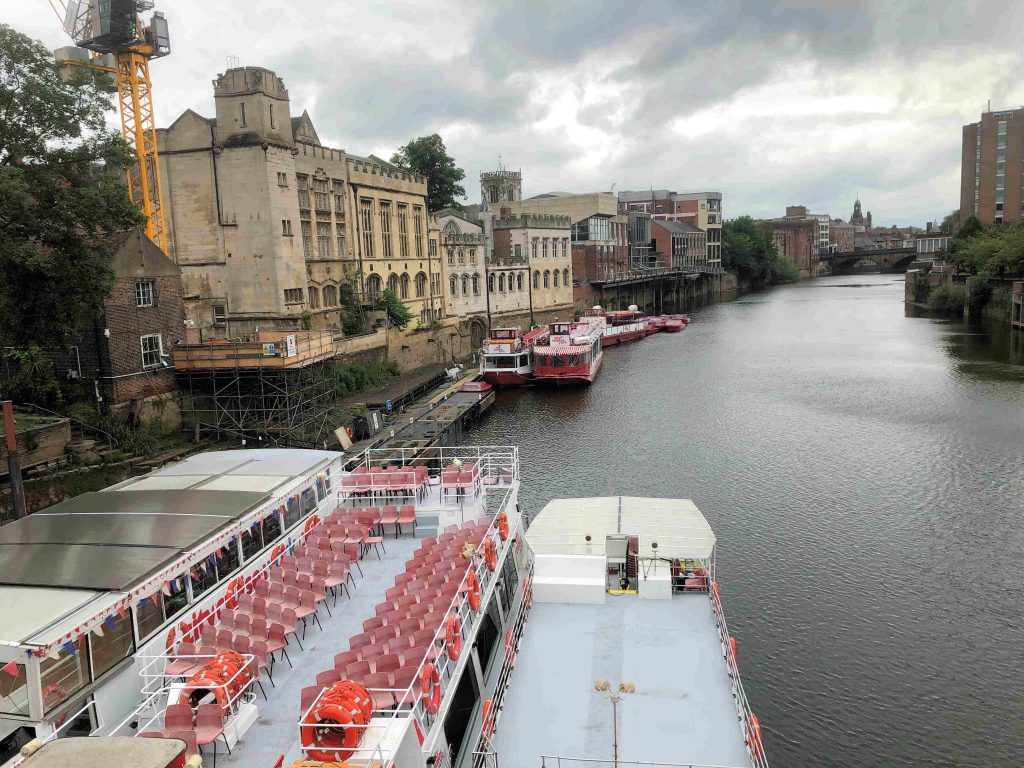
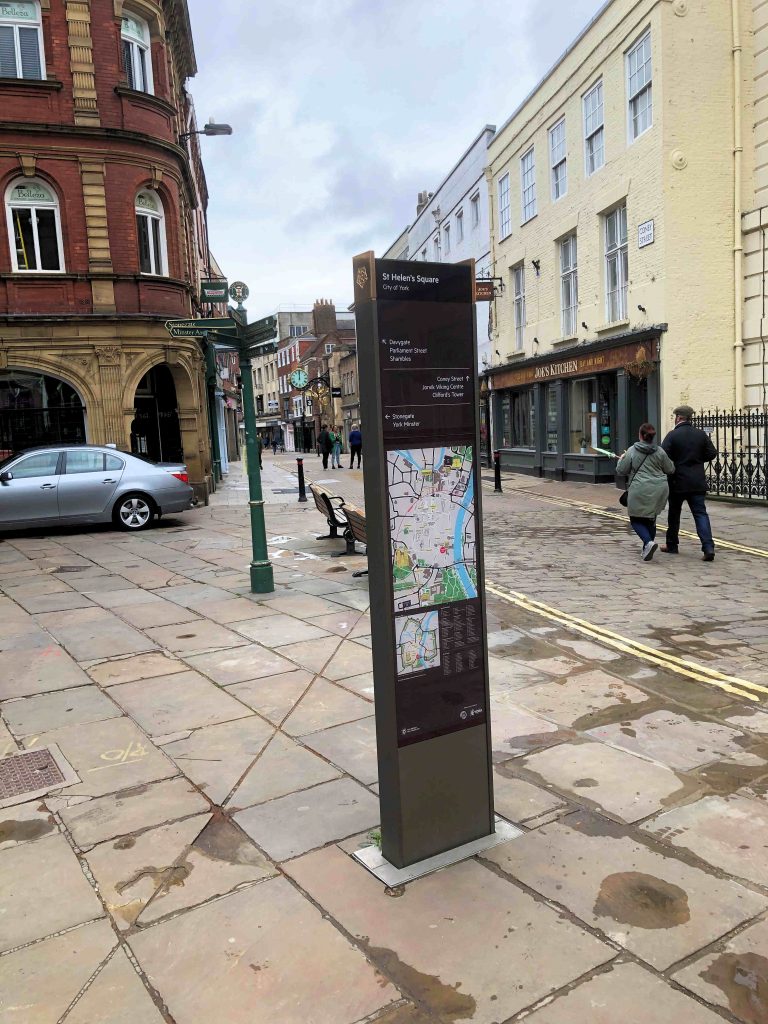
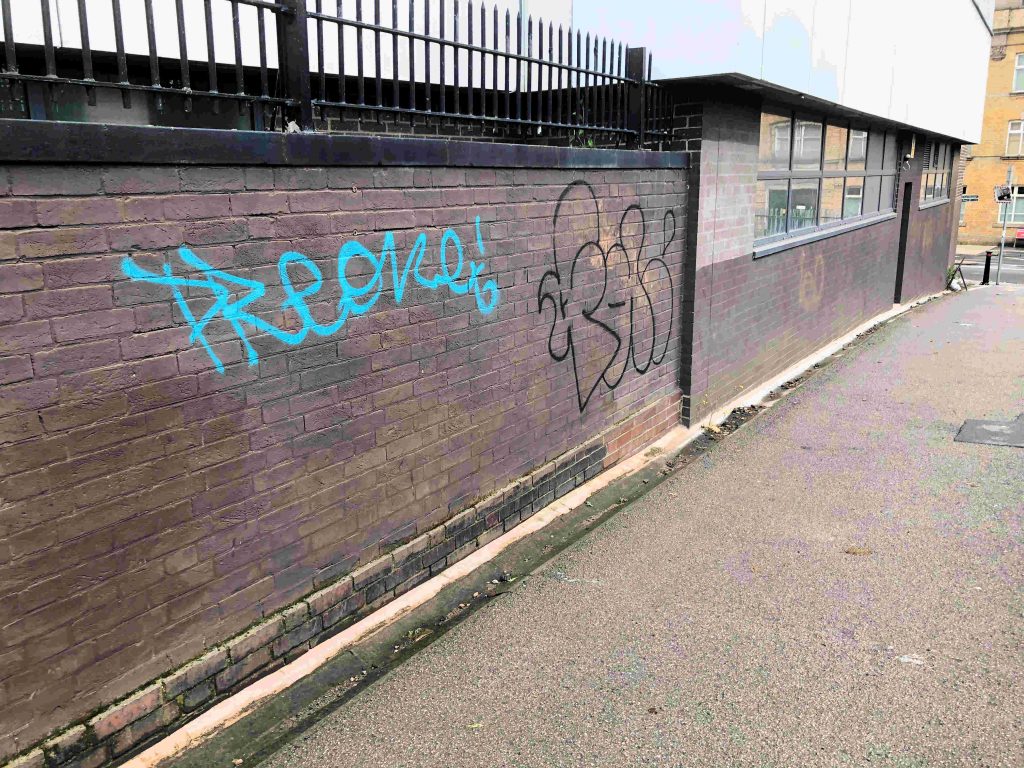
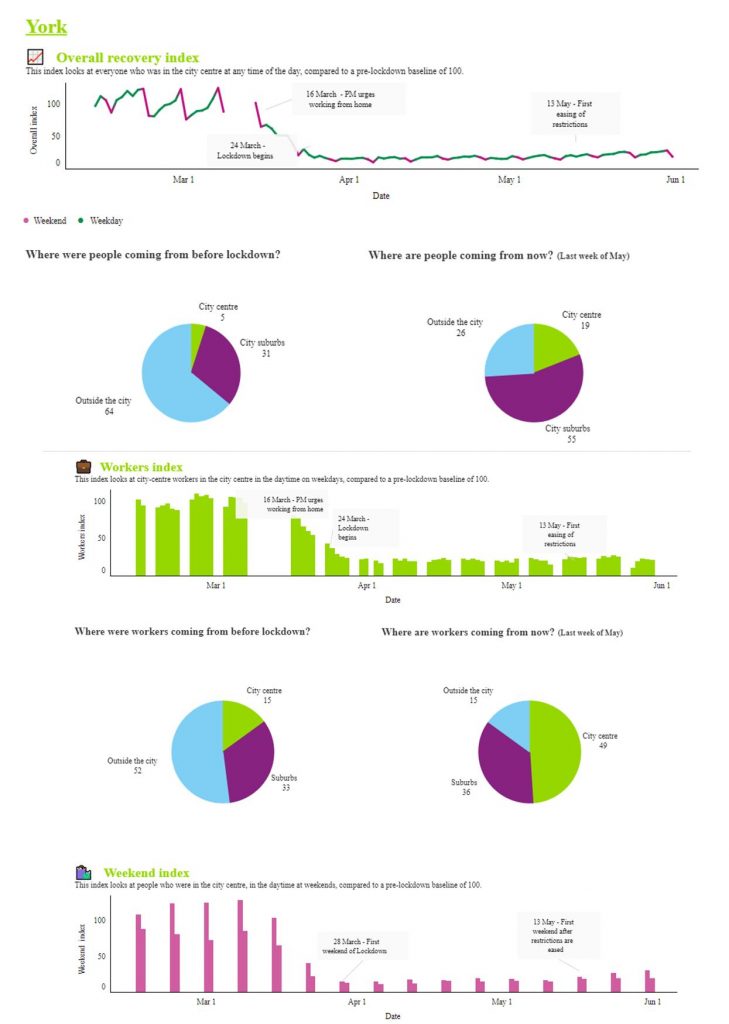
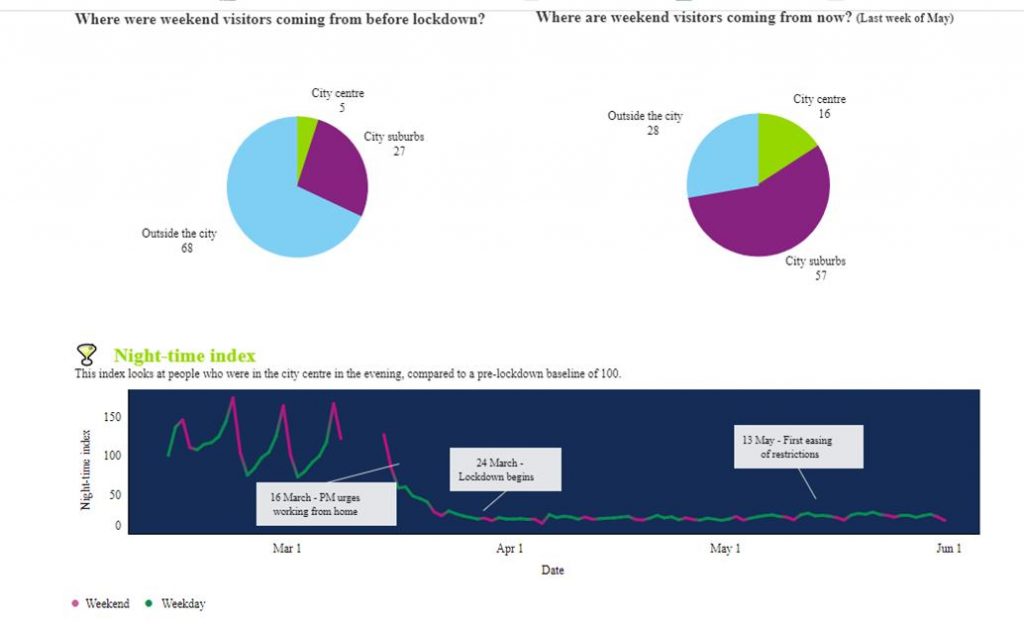

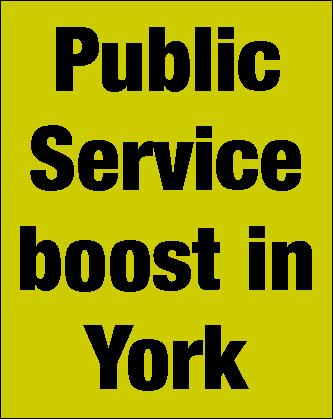
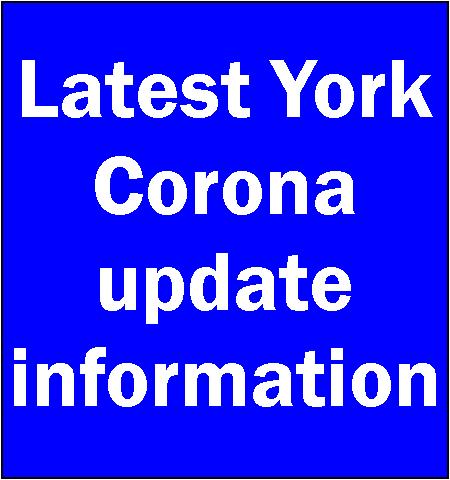 City of York Council, Make It York and other cultural leaders in York have written to Oliver Dowden MP, Secretary of State to ensure that those who are self-employed are not forgotten.
City of York Council, Make It York and other cultural leaders in York have written to Oliver Dowden MP, Secretary of State to ensure that those who are self-employed are not forgotten.